Epoxy Coal Tar Anti-Corrosion Steel Pipe for Oil Transportation
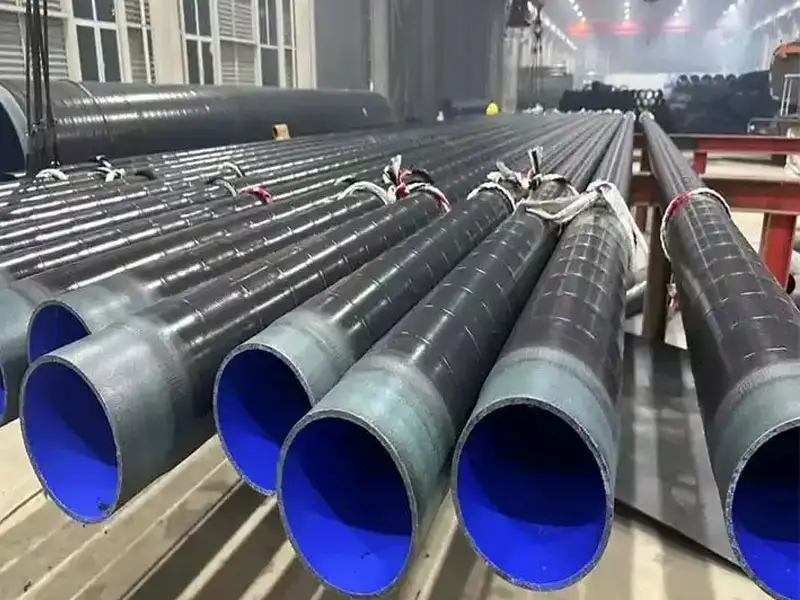
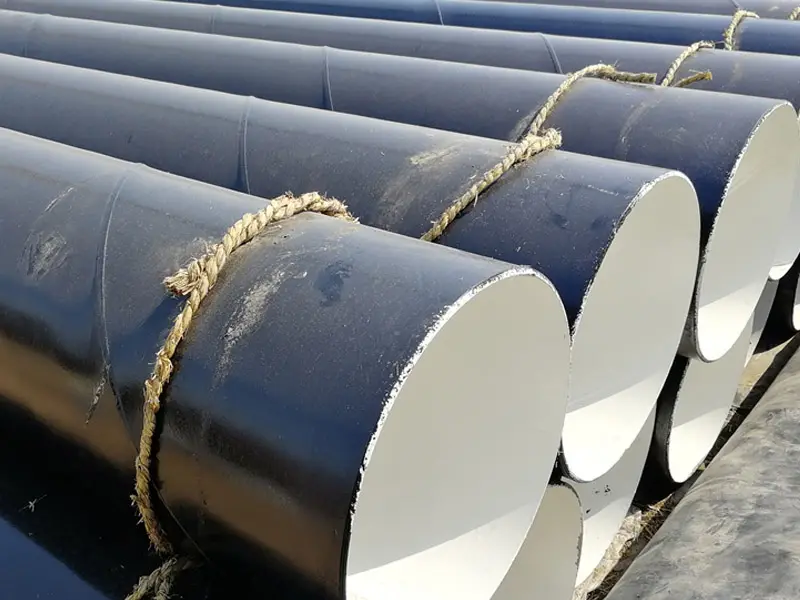
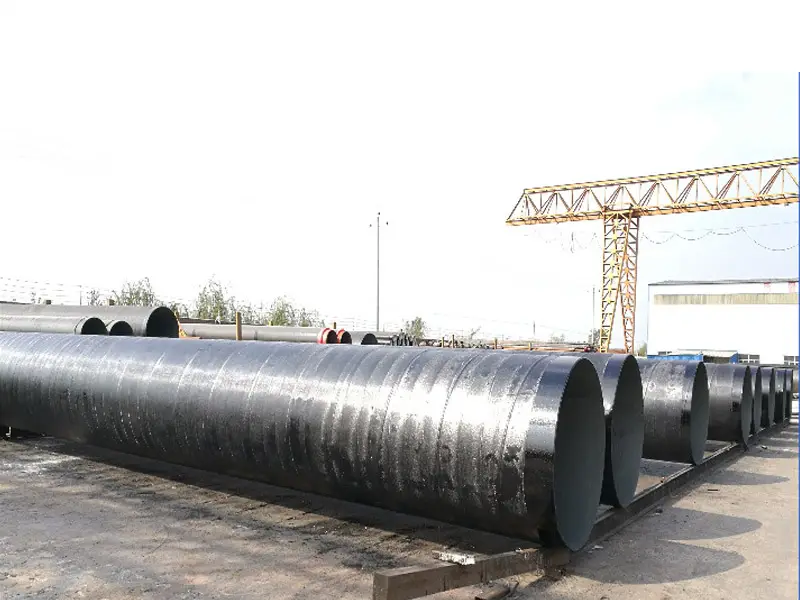
| Product name: | Epoxy Coal Tar Anti-Corrosion Steel Pipe for Oil Transportation |
| Keywords: | Epoxy Coal Tar Anti-Corrosion Steel Pipe |
| Industry: | Petroleum, natural gas and chemical industry - Petroleum and natural gas industry |
| Process: | Others - Others |
| Material: | Carbon steel |
Processing manufacturer
- There are 45 manufacturers that provide similar products
- There are 187 manufacturers that provide this processing technology
- There are 65 manufacturers that provide this material processing service
- There are 193 manufacturers that provide this industry processing service
Product details
Epoxy coal tar anti-corrosion steel pipe is a widely used steel pipe for pipeline anti-corrosion. It is mainly used for the external wall anti-corrosion of buried or underwater oil, gas, water supply, and heating pipelines. It is also suitable for waterproofing and seepage prevention of steel structures, docks, ships, sluices, gas storage tanks, refining and chemical plant equipment, and concrete structures. Its main features include:
1. Composition
- Primer and Topcoat: Made with epoxy resin and coal tar as the main film-forming materials, with the addition of anti-rust pigments, insulating fillers, toughening agents, leveling agents, thinners, anti-settling agents, etc.
- Hardener: Component B is usually a modified amine curing agent. Components A and B are mixed in proportion, stirred evenly, and used within the specified time.
- Appearance: Primer component A is iron red, component B is black, and the topcoat is black.
2. Features
- Dense and Hard: The coating structure is compact and has high mechanical strength.
- Strong Adhesion: Good adhesion to the substrate and not easy to fall off.
- Corrosion Resistance: Excellent resistance to chemical media, humid environments, and salt spray.
- Convenient Construction: Components A and B are supplied together, mixed and used on-site, and are easy to operate.
3. Common Specifications
- The anti-corrosion layer structure often adopts the form of "several layers of cloth and several layers of oil", such as one layer of cloth and two layers of oil, three layers of cloth and two layers of oil, five layers of cloth and three layers of oil, seven layers of cloth and four layers of oil, etc. The cloth refers to fiberglass cloth, and the oil refers to the anti-corrosion paint layer. The more layers, the stronger the anti-corrosion performance.
4. Application Scope
- Pipeline Engineering: Suitable for buried or underwater steel pipelines, such as oil, natural gas, and urban water supply and heating pipelines.
- Other Fields: Used for anti-corrosion and anti-leakage of docks, ships, storage tanks, and concrete structures (such as sewage pools, roof waterproof layers, and basements).
Previous article : Turbine Blade Shape and Principle
Next article : What is the structure of turbine blades?
Similar products
More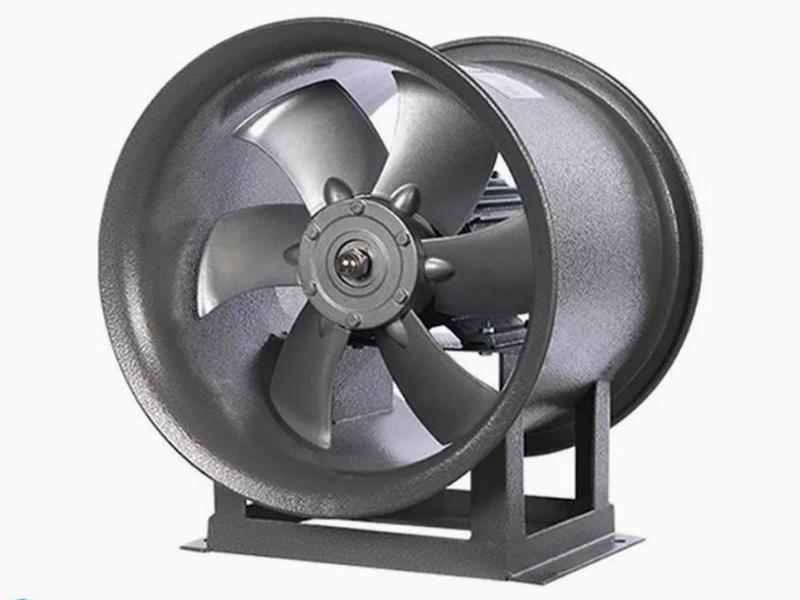
What are the machining processes used for processing axial fan housings
- Process : Sheet metal - Welding
- Material : Carbon steel
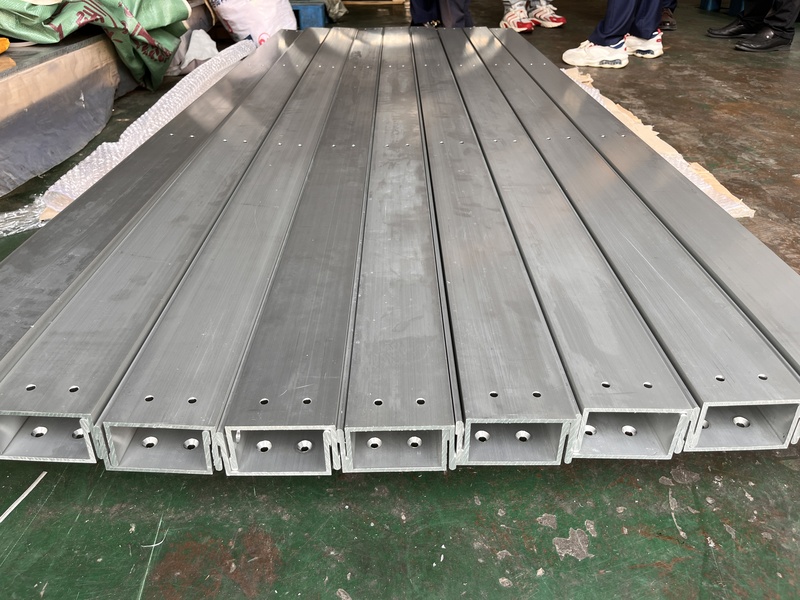
Precision Machining of U-Steel Profiles for Building Applications
- Process : Stamping - General stamping
- Material : Aluminum
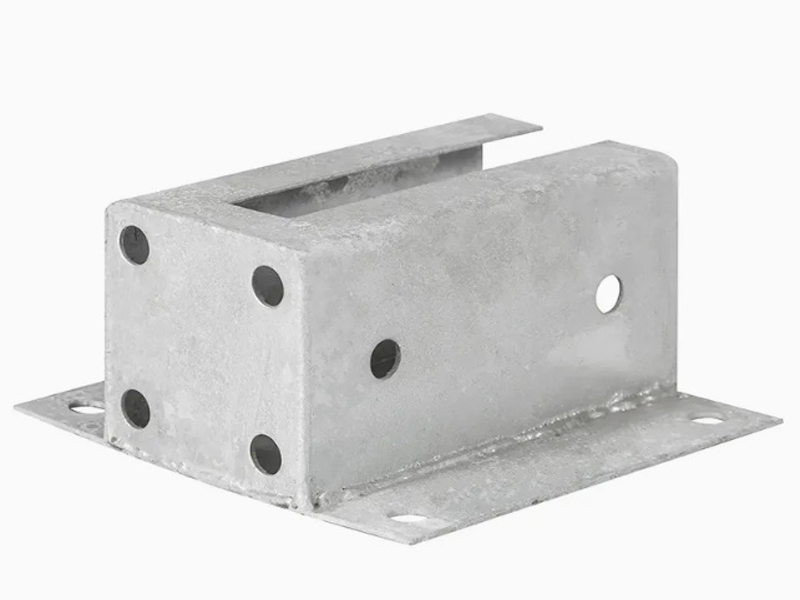
Machining Process Analysis of Carbon Steel Fixed Anchor Plates
- Process : Machining - CNC milling or milling machining
- Material : Carbon steel
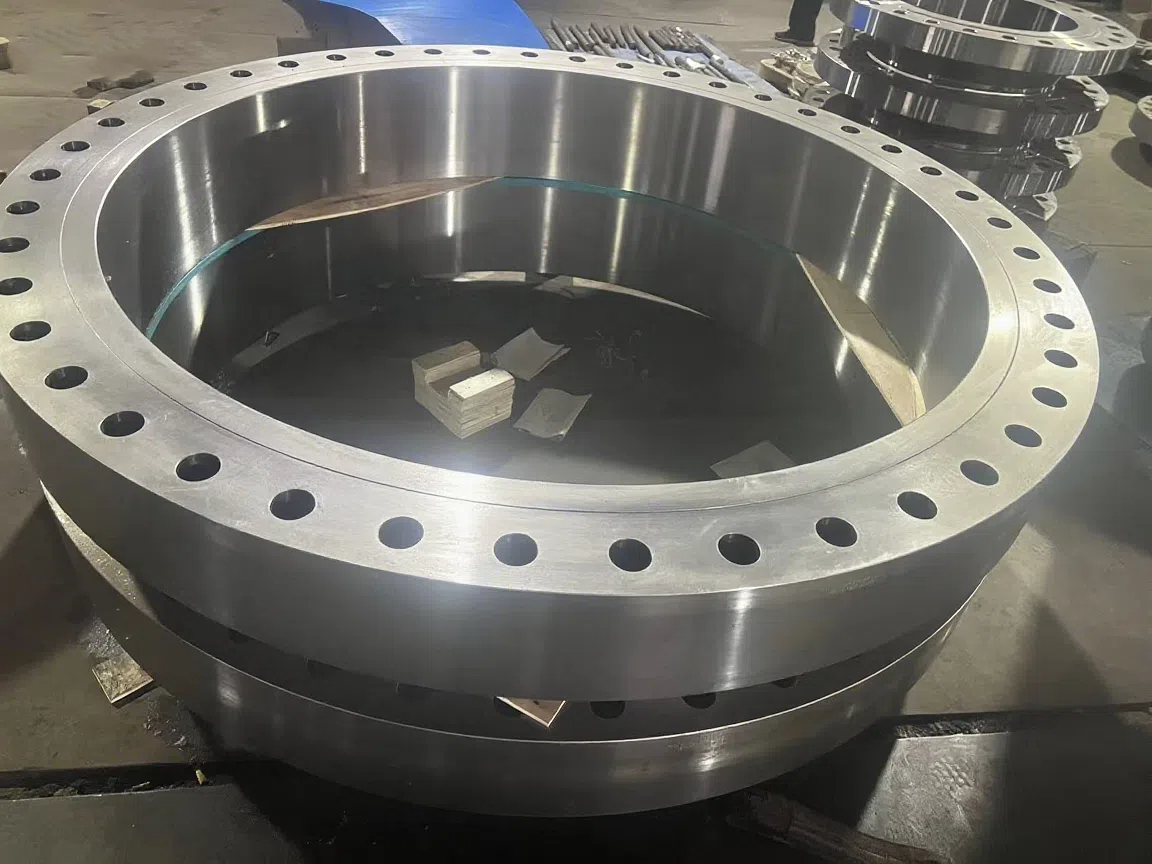
Heavy-Walled Flange Milling-Turning Machining and Flaw Detection
- Process : Machining - Turning Milling compound
- Material : Alloy steel
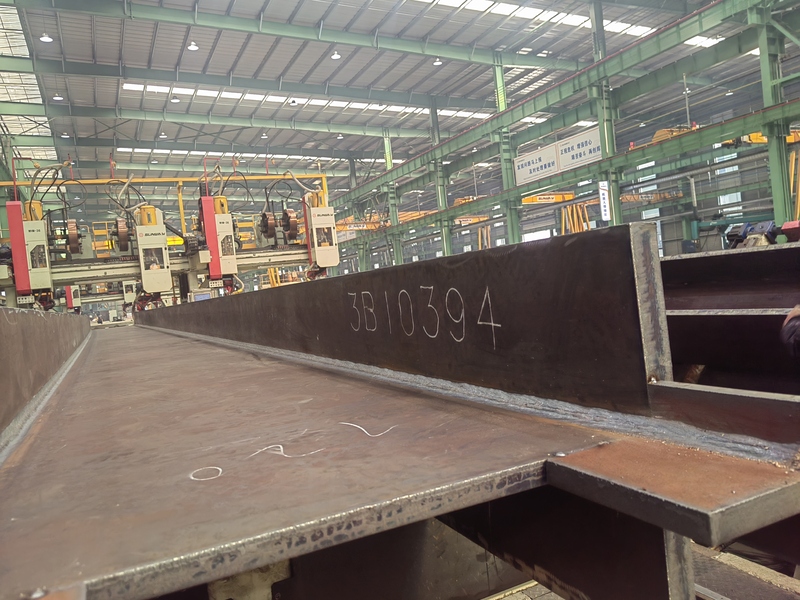
Custom Fabrication of S355JR Welded H-Beams for Construction Projects
- Process : Sheet metal - Welding
- Material : Carbon steel
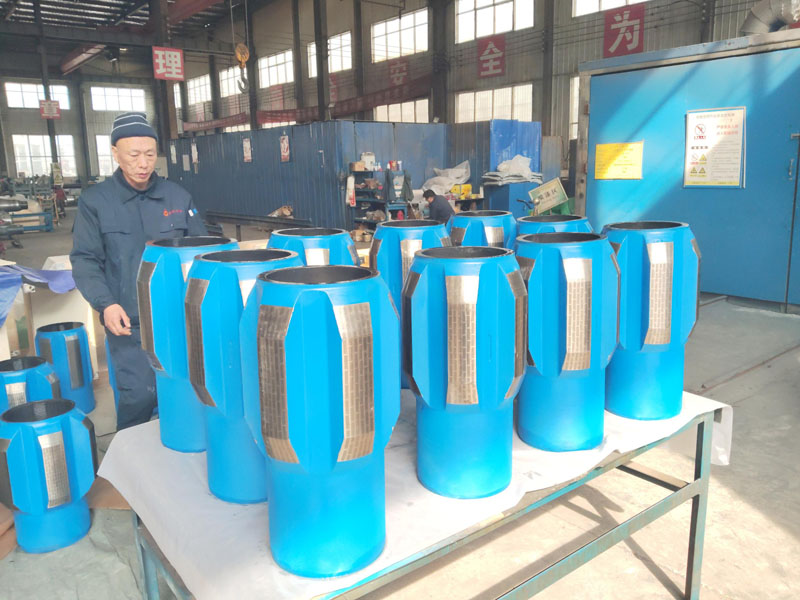
Drill Stabilizers Applied in Oil Drilling Platforms
- Process : Machining - Five-axis machining
- Material : Alloy steel
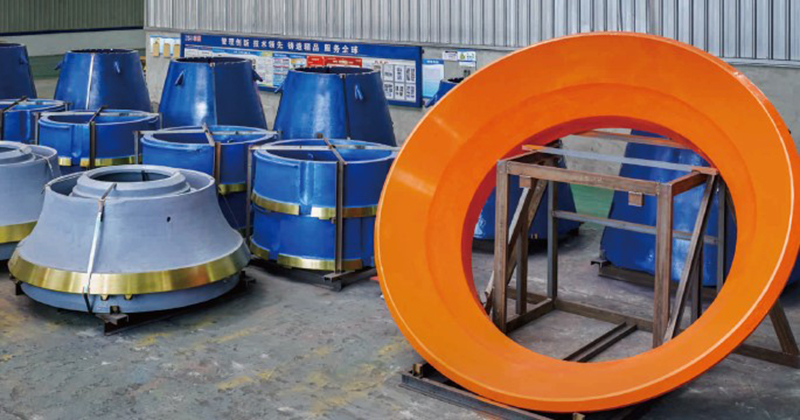
Cone Crusher Mantle
- Process : -
- Material :
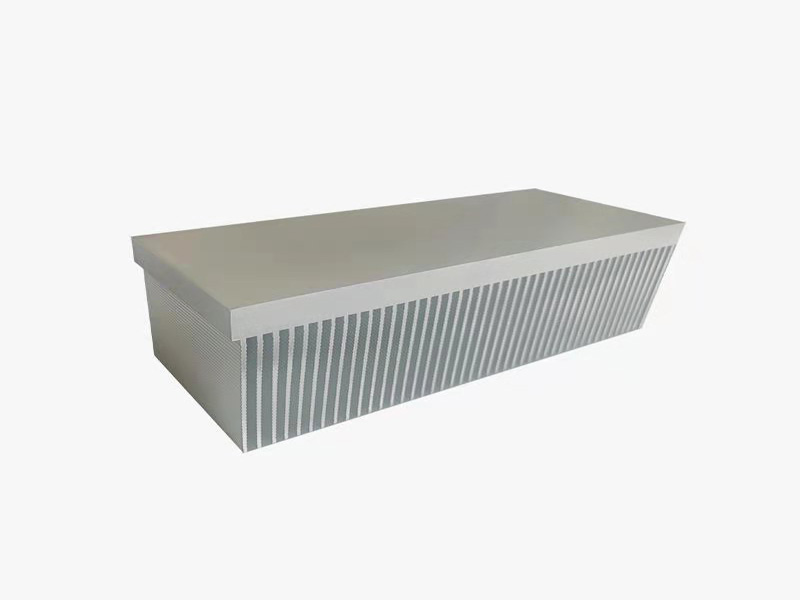
Innovative skiving technology: Breaking through the bottleneck of high-density heat dissipation technology
- Process : Surface treatment - Others
- Material : Alloy steel
More products
More
What are the machining processes used for processing axial fan housings
- Process : Sheet metal - Welding
- Material : Carbon steel

Precision Machining of U-Steel Profiles for Building Applications
- Process : Stamping - General stamping
- Material : Aluminum

Machining Process Analysis of Carbon Steel Fixed Anchor Plates
- Process : Machining - CNC milling or milling machining
- Material : Carbon steel

Heavy-Walled Flange Milling-Turning Machining and Flaw Detection
- Process : Machining - Turning Milling compound
- Material : Alloy steel

Custom Fabrication of S355JR Welded H-Beams for Construction Projects
- Process : Sheet metal - Welding
- Material : Carbon steel

Drill Stabilizers Applied in Oil Drilling Platforms
- Process : Machining - Five-axis machining
- Material : Alloy steel

Cone Crusher Mantle
- Process : -
- Material :

Innovative skiving technology: Breaking through the bottleneck of high-density heat dissipation technology
- Process : Surface treatment - Others
- Material : Alloy steel